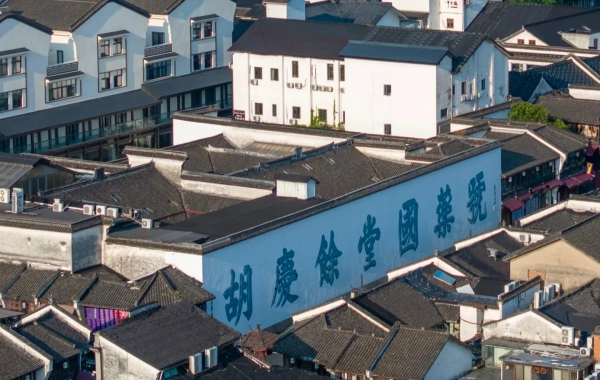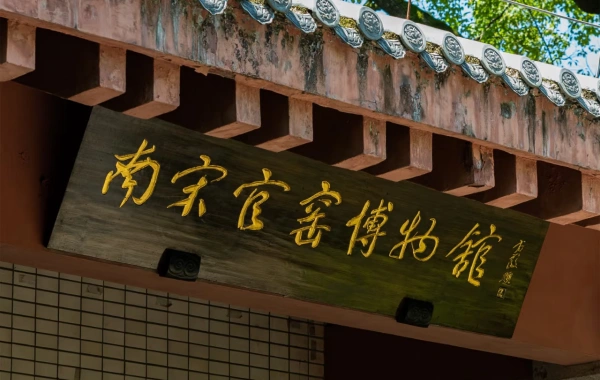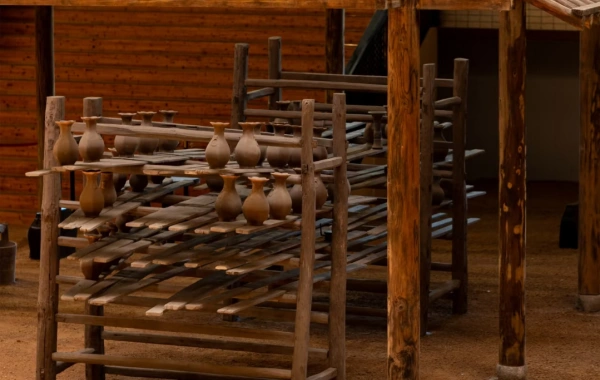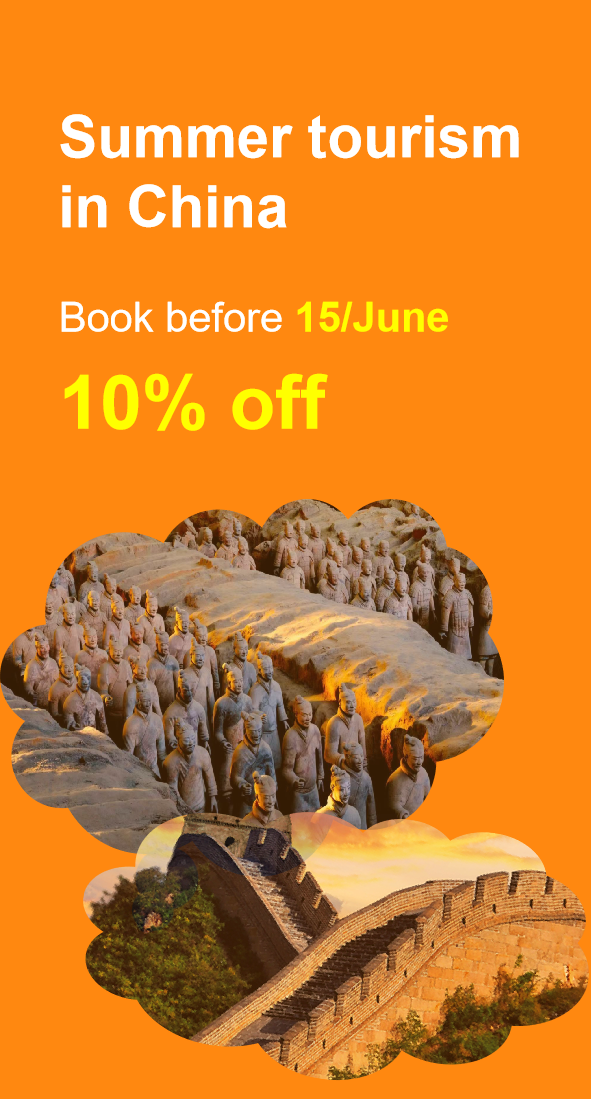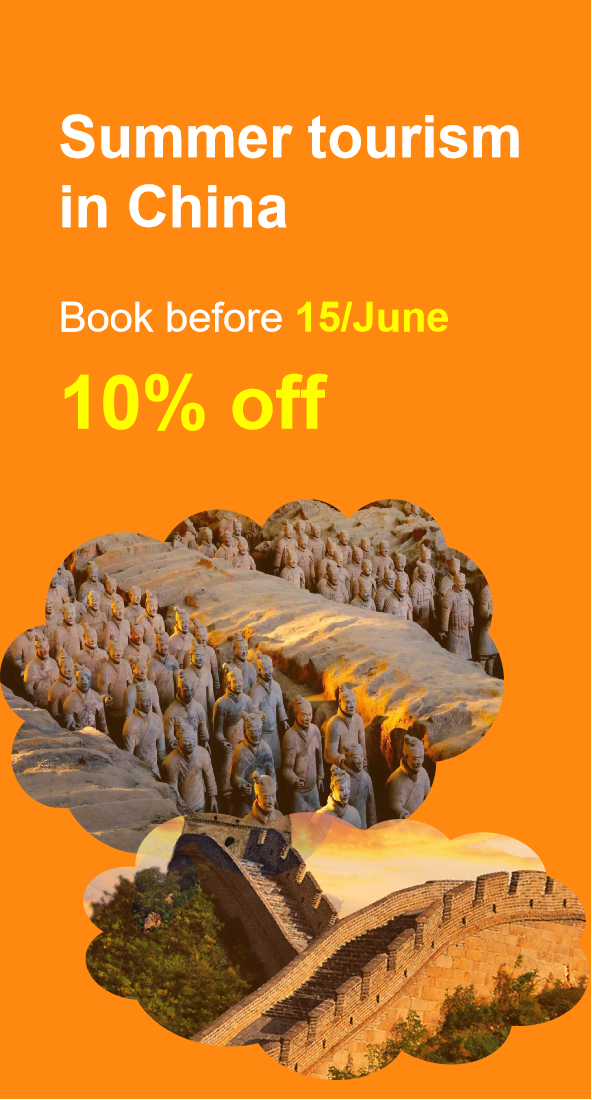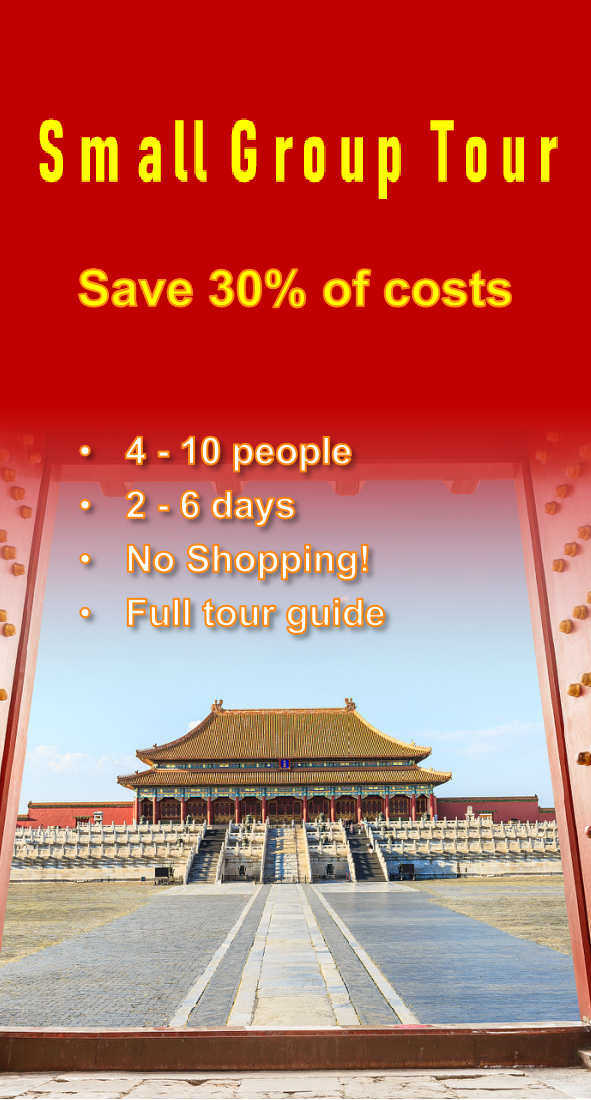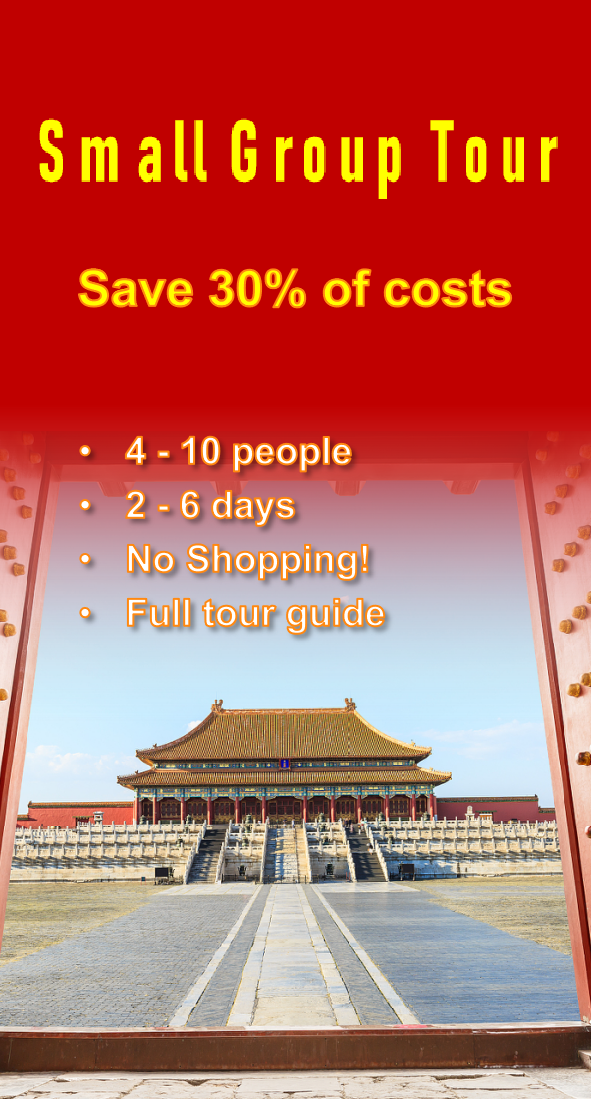This one-day historical journey in Hangzhou begins at Qinghefang Street, a preserved Ming-Qing commercial hub with time-honored shops and traditional snacks. Next, visit Huqingyu Tang, a 140-year-old traditional Chinese medicine museum showcasing herbal remedies and medicinal gardens. Explore Hu Xueyan’s Former Residence, an opulent late Qing mansion blending Jiangnan gardens with Western design. Conclude at the Southern Song Dynasty Guan Kiln Museum, built over imperial kiln ruins, where visitors admire rare celadon ceramics and try ancient porcelain-making techniques. The itinerary connects Hangzhou’s mercantile, medicinal, architectural, and artistic heritage, offering the perfect snapshot of the city’s millennia-long cultural depth.
- Qinghefang Street-Huqingyu Traditional Pharmacy-Hu Xueyan's Residence-Southern Song Guan Kiln Museum
Start with a morning hotel pickup to Qinghefang Street, a preserved Ming-Qing commercial strip. Wander 1,000m of cobblestone paths lined with gray-brick shops, including Wangxingji Fan Shop (1875) and Zhang Xiaoquan Scissors (1663). Smell osmanthus cake and watch artisans craft traditional goods under red lanterns.
Nearby, explore Huqingyu Traditional Pharmacy, a 140-year-old TCM museum. See 1,700+ herbs in the Hall of Benevolence, wander the herbal garden, and view rare medical artifacts. The "True Ingredients" plaque reflects its ethical legacy, with herbal tea tastings available.
Visit the opulent mansion of late Qing tycoon Hu Xueyan. The 10,800㎡ estate blends Jiangnan gardens with Western elements, featuring carved wood pavilions, a 9m artificial mountain, and a brick archway from Romance of the Three Kingdoms.
End at the Southern Song Guan Kiln Museum, built over 800-year-old imperial kiln ruins. View dragon kiln excavations and rare celadon wares, or try hand-building porcelain. The museum honors Song dynasty ceramics praised as "blue as the sky, thin as paper."
Cultural Threads
This itinerary unfolds Hangzhou’s historical layers: from the bustling commerce of Qinghefang to the medicinal wisdom of Huqingyu, the merchant opulence of Hu Xueyan, and the artistic excellence of the Guan Kiln. Each site connects tangibly to China’s past, inviting visitors to touch, smell, and experience the cultural heritage that shaped this ancient city.


